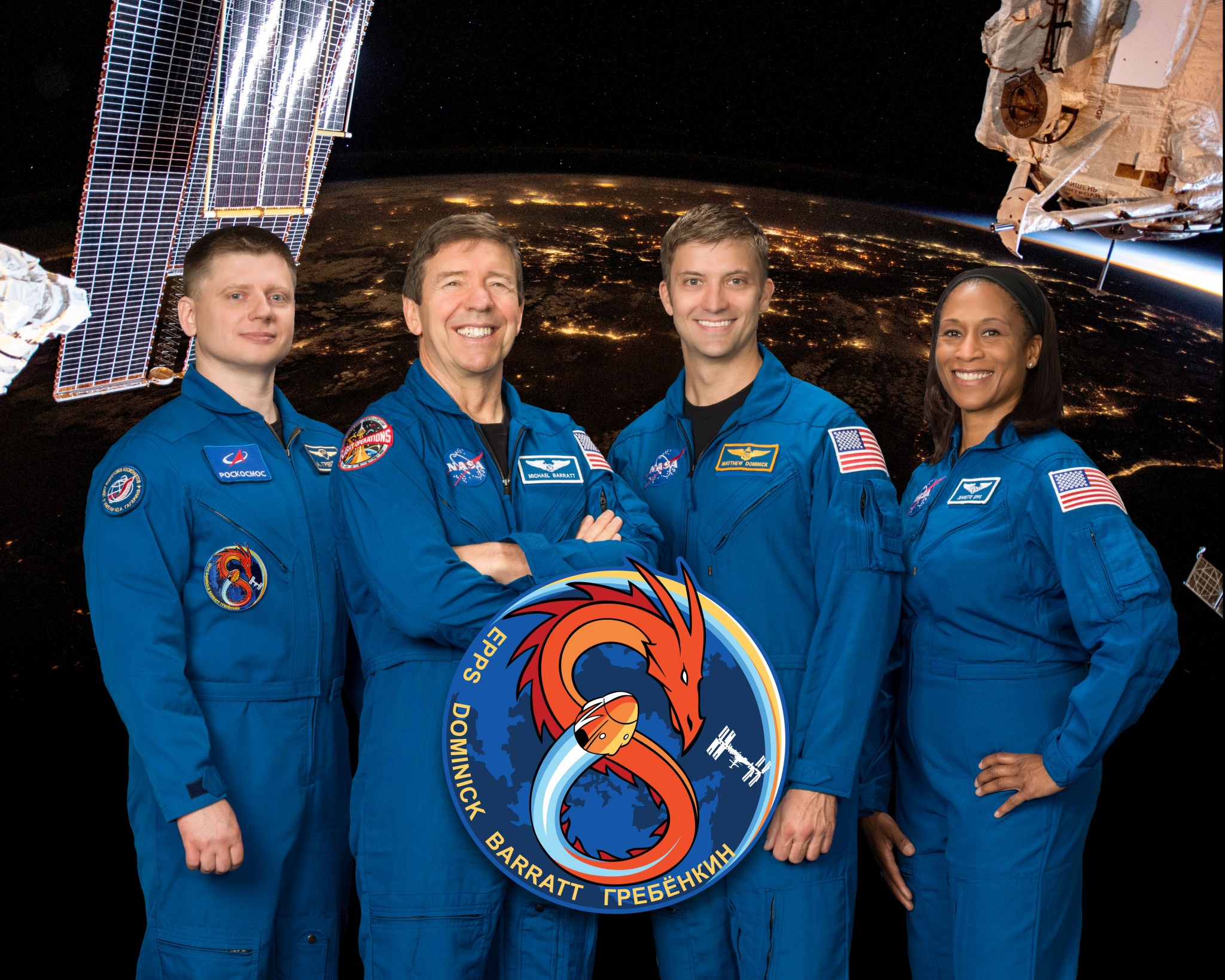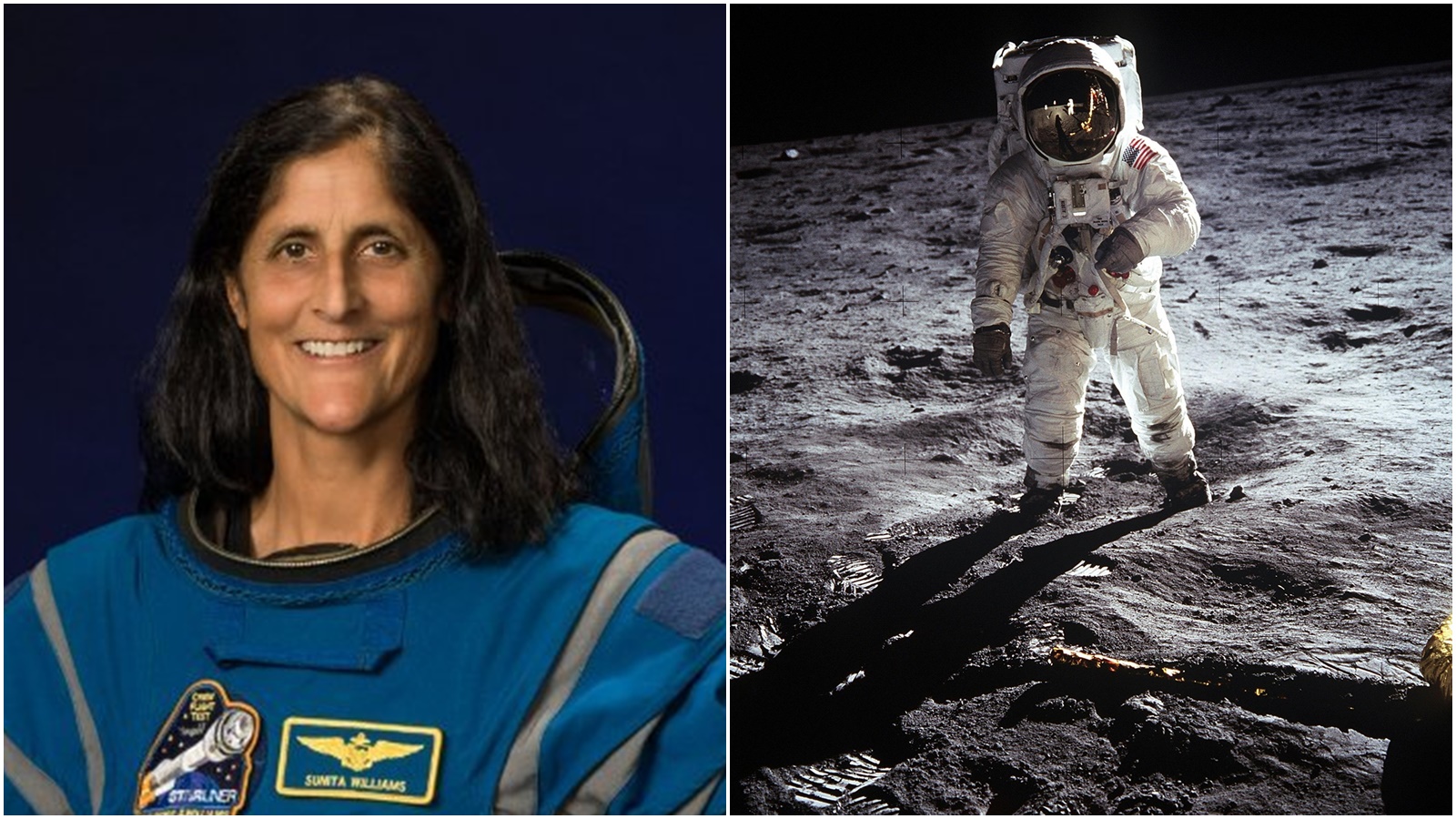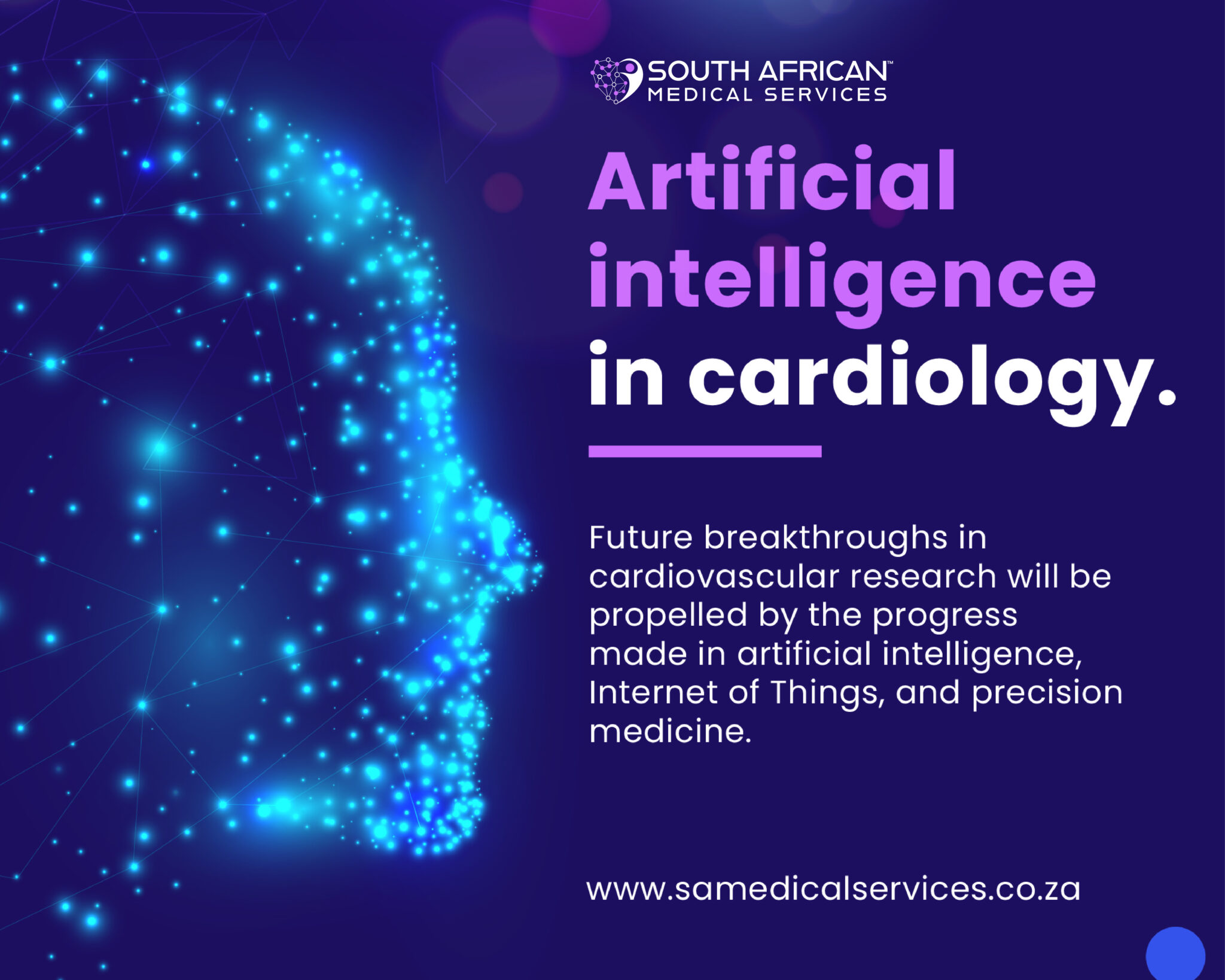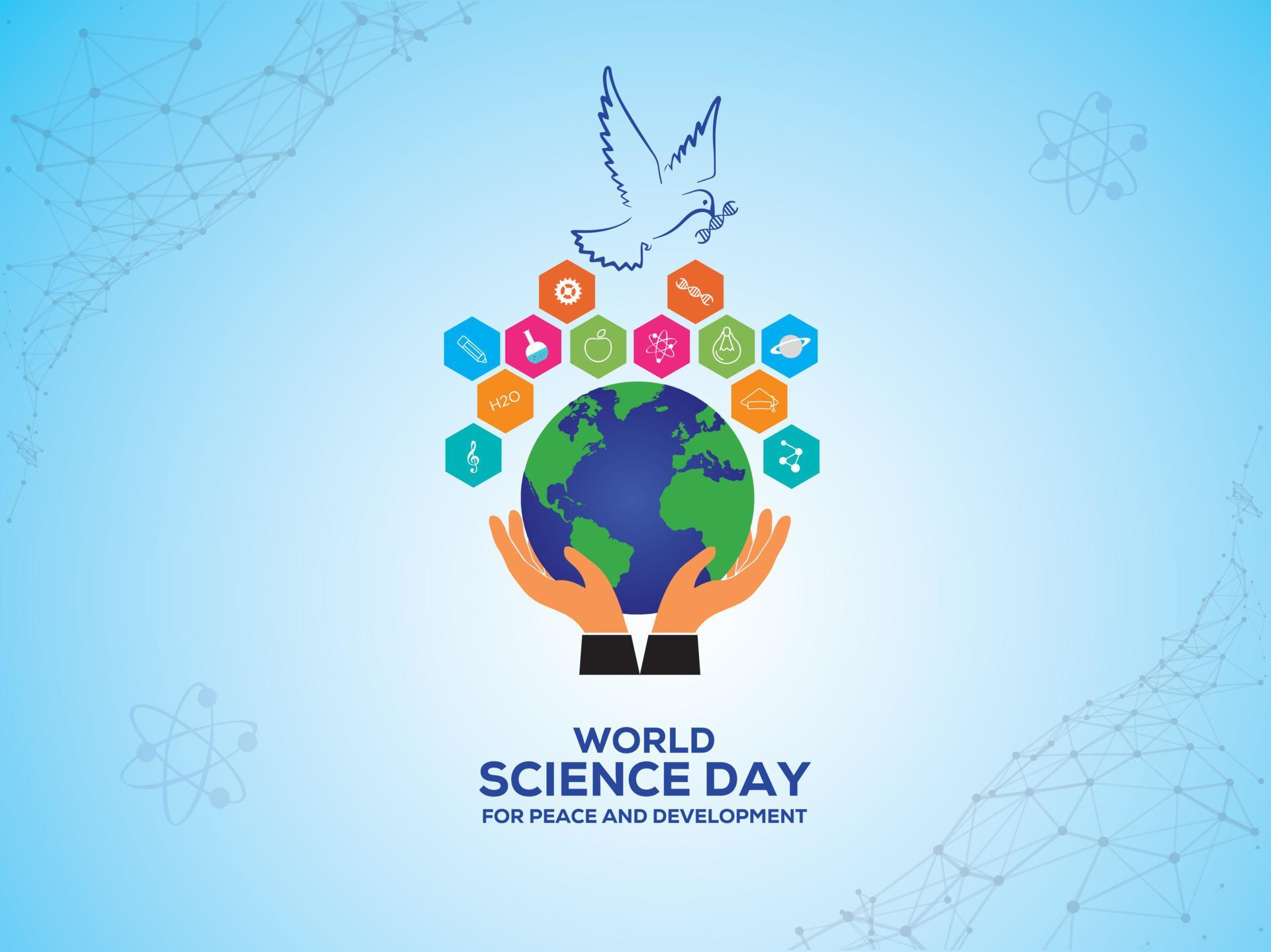


Four NASA crew members from the recent Crew-8 mission held a press conference addressing their brief hospitalization upon returning from the ISS. Although the astronauts stated they were in good health, NASA has not disclosed details of the incident. The extended mission was due to delays caused by technical issues with the new Starliner spacecraft, but the astronauts reflect positively on the experience of spending extra time in space.
NASA Astronauts Hospitalized After Extended Mission on International Space Station
Four NASA astronauts who spent an extended six-month mission on the International Space Station (ISS) were briefly hospitalized upon their return to Earth. NASA has not disclosed details of the hospitalization, but the astronauts have stated that they are in good health.
The extended mission was due to delays caused by technical issues with the new Starliner spacecraft, which was originally scheduled to return the astronauts to Earth in December. The astronauts instead returned on a Russian Soyuz spacecraft on March 8.
Background
Astronauts on long-duration missions in space often experience health issues such as bone loss, muscle atrophy, and immune system dysfunction. These effects are caused by the microgravity environment of space, which removes the constant force of gravity on the body.
To mitigate these health risks, astronauts on the ISS engage in regular exercise and nutrition programs, and take medications to prevent bone loss and other side effects. However, even with these precautions, astronauts can still develop health issues during their time in space.
FAQ
1. What are the most common health issues experienced by astronauts on long-duration missions?
Bone loss, muscle atrophy, and immune system dysfunction are the most common health issues experienced by astronauts on long-duration missions.
2. What are the risks of extended missions in space?
Extended missions in space can increase the risk of developing health issues, such as cardiovascular disease, cancer, and mental health problems.
3. How do astronauts prepare for the health risks of long-duration missions?
Astronauts on long-duration missions engage in regular exercise and nutrition programs, and take medications to prevent bone loss and other side effects. They also undergo extensive training to prepare for the psychological challenges of living and working in space.
4. What is NASA doing to address the health risks of long-duration missions?
NASA is working to develop new technologies and countermeasures to mitigate the health risks of long-duration missions. These include new exercise and nutrition programs, medications to prevent bone loss and other side effects, and new psychological support systems.
5. What are the future plans for long-duration missions in space?
NASA plans to send astronauts to Mars on a long-duration mission in the 2030s. The agency is also working on developing new technologies to support long-duration missions, such as a new spacecraft that will be capable of carrying more astronauts and cargo to Mars.

The Royal Society of Chemistry has submitted its recommendations for improving science education in England through an evidence-based call for feedback. With just one week left for the 22 November deadline, the Society is urging stakeholders to voice their opinions on the current science curriculum and suggest potential improvements. The review aims to address issues such as outdated curriculum, accessibility to science education, technical qualifications and sustainability. Join the discussion and have a say in shaping the future of science education in England.

Indian-origin astronaut Sunita Williams addresses concerns about her health and weight after spending months on the International Space Station (ISS). In an interview with the New England Sports Network (NESN), she discussed her physical condition and cleared up rumors about drastic weight loss. She also shared insights on the effects of microgravity on the body and the importance of exercise for maintaining bone density in space.

After four astronauts, including NASA's Michael Barratt, Matthew Dominick, and Jeanette Epps, were rushed to the hospital upon their return from the ISS, there have been growing concerns about the physical toll spaceflight takes on astronauts. With the recent spotlight on NASA's Sunita Williams and concerns over her health, the agency has stepped in to assure the public that all astronauts are in good health and spirits. However, with investigations into the reason for the hospitalisation still ongoing, the incident serves as a reminder that spaceflight is still a largely unknown territory.

NASA astronauts Sunita Williams and Barry "Butch" Wilmore, currently on an extended mission on the International Space Station, have reported weight loss. This is due to fluid shifts in space causing changes in the body. Despite concerns about their health, NASA has assured the public that the astronauts are closely monitored and in good health. The agency has also warned against sharing any leaked details about the astronauts' health. This comes after a recent incident with the SpaceX Crew-8 mission, raising questions about the effects of extended space travel, but NASA maintains that Williams and Wilmore are doing well.

Learn about the chronic disease that plagues millions of Indians and its underlying causes. Diabetes is a condition that affects the body's production and use of insulin, resulting in high blood sugar levels. Find out the difference between type 1 and type 2 diabetes and how it can lead to serious health complications.

Vice-President Jagdeep Dhankhar's speech at the 83rd foundation day of the Council of Scientific and Industrial Research highlights the importance of research and development in advancing science. He emphasizes the need to find answers to unanswered questions and the potential for growth and innovation in this field. This contribution will help in scaling up the work of IIT Madras and promoting scientific advancement globally.

Cardiology experts at the Global Cardiology Summit in New Delhi predict that Artificial Intelligence (AI) has the potential to transform the treatment of heart diseases in India. With the ability to analyze large amounts of data, AI can aid in early detection, personalize treatment plans, and improve patient outcomes. Experts also noted that AI can benefit the healthcare sector in India, particularly in rural areas, where access to advanced care is limited. The two-day summit brought together world-class cardiologists, researchers, and healthcare professionals to discuss the latest advancements in cardiology and the role of AI in cardiac diagnostics and patient management.

Every year on November 10, World Science Day for Peace and Development commemorates the vital role of science in our society. This day, proclaimed by UNESCO in 2001, aims to raise awareness about the importance of scientific knowledge in everyday life and its role in sustainable development. This year's theme, 'Why Science Matters - Engaging Minds and Empowering Future,' highlights the significant contributions of scientists towards shaping a better future for our planet. Through collaborations and educational efforts, World Science Day for Peace and Development continues to inspire global engagement with science for the betterment of society.

An unnamed NASA astronaut was flown to a hospital on Friday after returning to Earth from a record-breaking 235-day stay on the International Space Station. The crew of four, which included US astronauts Matthew Dominick, Michael Barratt, and Jeanette Epps, as well as Russian cosmonaut Alexander Grebenkin, splashed down off the coast of Florida early Friday morning, marking the longest stay in orbit for SpaceX's reusable Crew Dragon spacecraft. The crew's return was delayed due to hurricanes in the expected splashdown zones, and the cause of the astronaut's medical issue remains undisclosed.